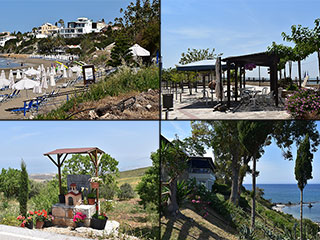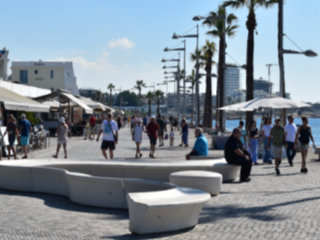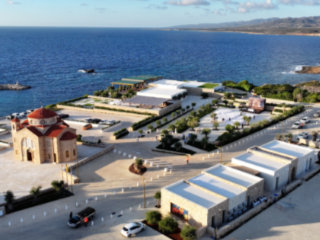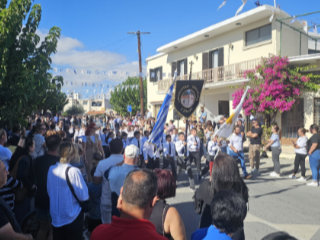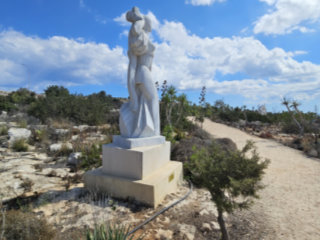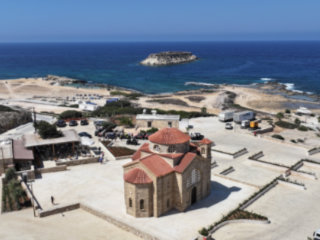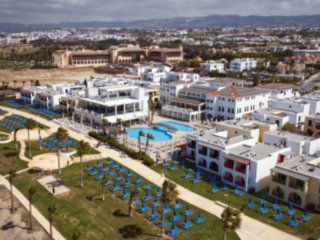From Toumpallos to Saranta Kolones
From The Top
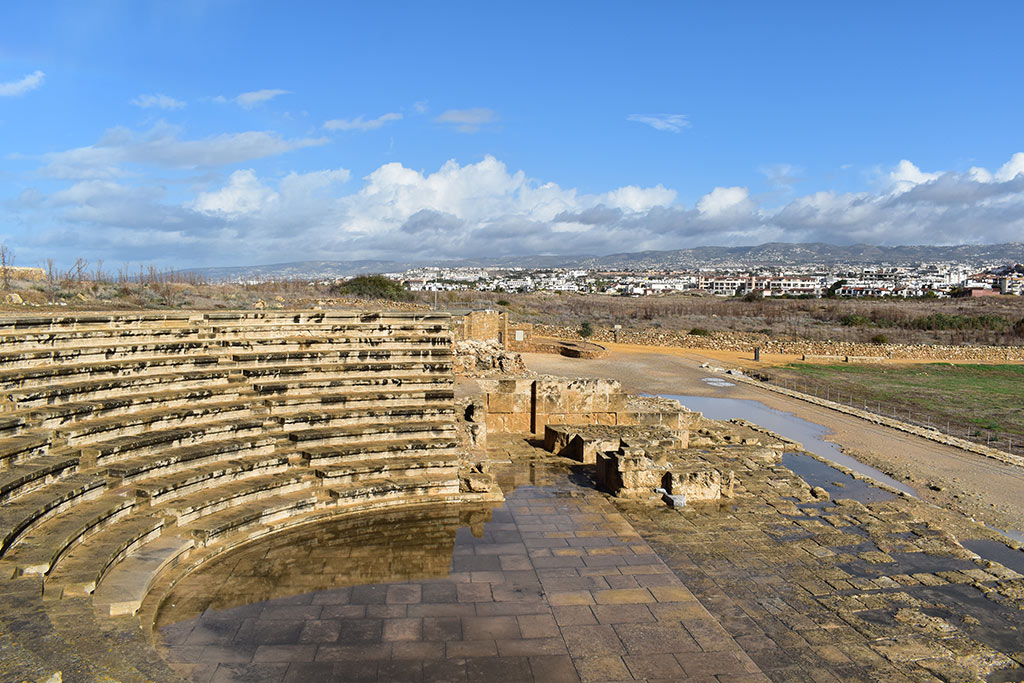
So if you were walking through the park and met a strange man who told you about an ancient cinema, then I do apologise. I didn't mean to say that.

The Asclepieion
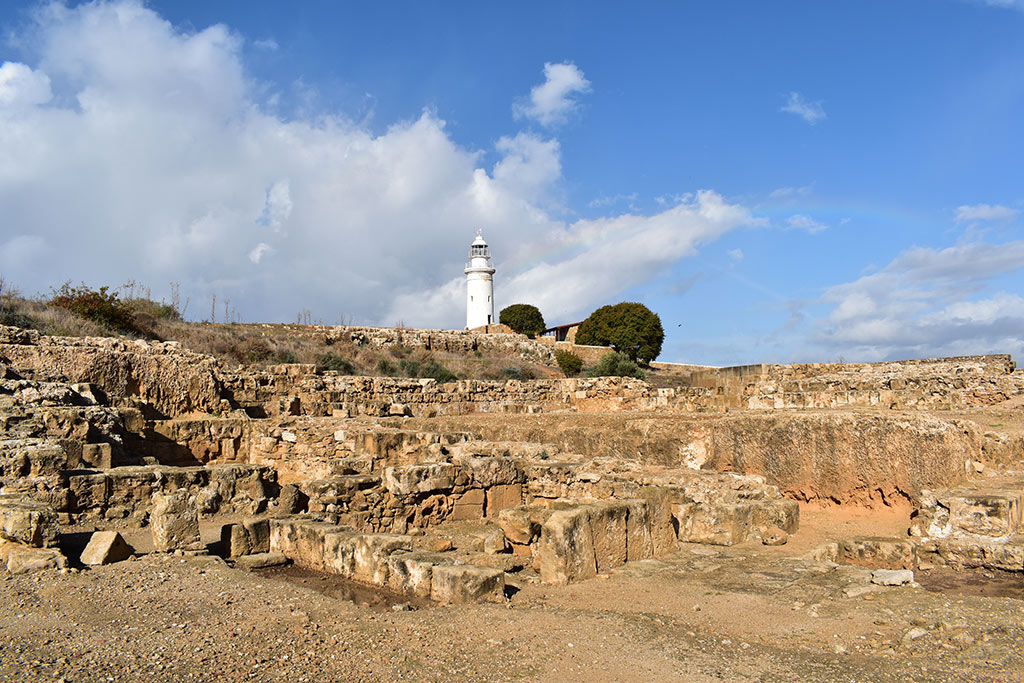
There are also ruins to the right of the Odeon. Turning to the sign again:
The building situated to the south of the Odeon has been identified as an Asclepieion, the sanctuary of Ascleepios and a medical establishment. The complex consists of three main parts: a long corridor, and apsidal room flanked by two square rooms and a long gallery with an entrance from the south.
Prehistoric NHS
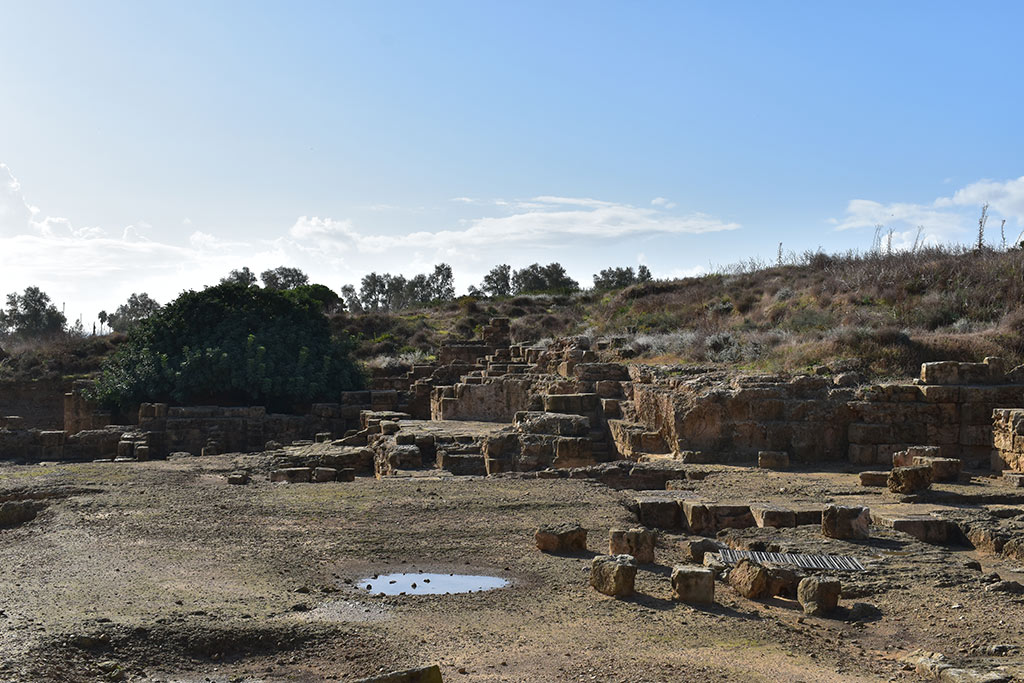
And from the guidebook:
The Asklepeion
The building in the southern side of the Odeion also falls in the same period as the Agora of the city. This has been identified with Asklepeion, the Sanctuary of Askleeius, god of medicine, used also as an infirmary. This was a large building complex with three unified spaces, which communicated directly with the adjacent buildings of the Odeion and Agora. The first space consisted of two rectangulart rooms, built on both sides of a large corridor, the second one of an apsidal room, framed by two other square rooms which led to a subterranean room, while the third one of another rectangular room with the entrance in its southern side, communicating with a square roofed court with two large rooms on both sides right and left. The Odeion and Argora of Nea Paphos, as well as the Asklepeion of the city were all completely destroyed by earthquakes in the middle of the 4th century A.D.
[80]
Agora
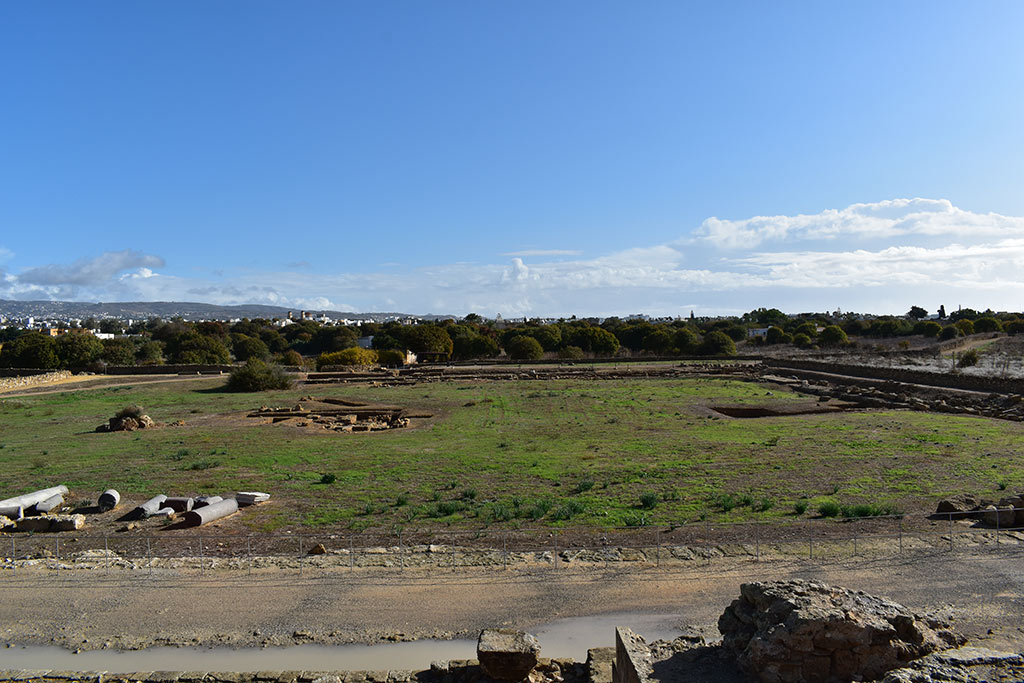
To be frank, there is not a lot to see at the Asklepeion. You may at first sight think the same of the Agora, which, for all intents and purposes, looks like a field. But you would be wrong. From the sign:
The Agora was the central square court of the city and was surrounded by porticoes of grey granite columns surrounded byu white marble Corinthian capitals.
So before the earthquakes knocked them all down, this must have been quite a sight.
Recent Excavations
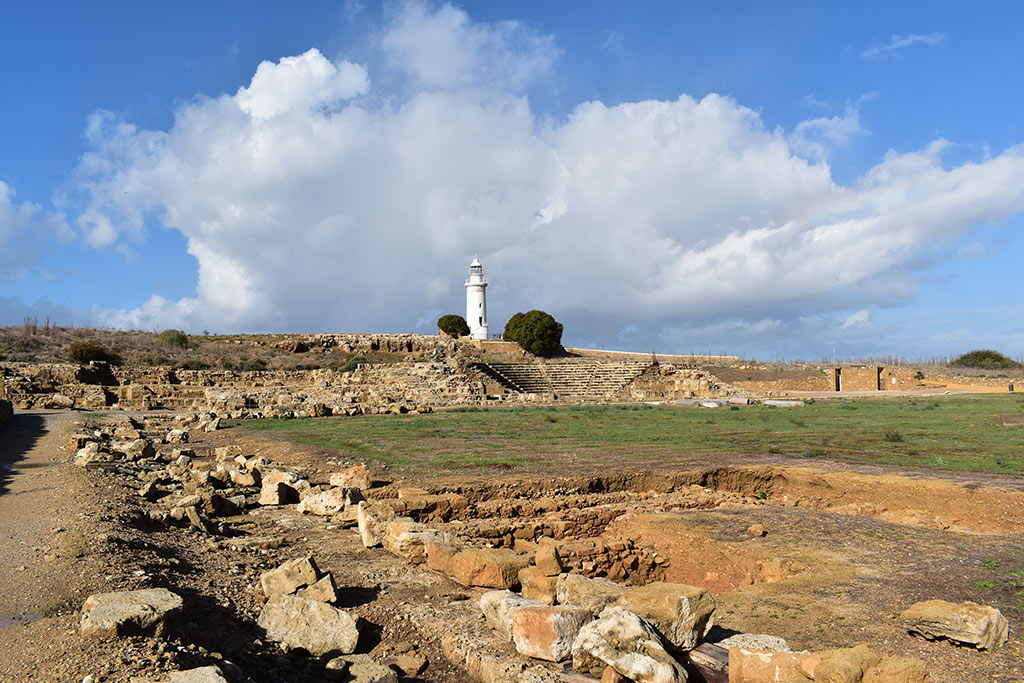
The book goes on...
The Agora
The city's
[80]
And if you are wondering, a stylobate is a continuous base, supporting a row of columns.
Page 6 of 10


Related Blogs:
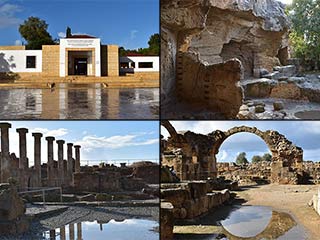
Paphos Archaeological Park - Summary
We first blogged about the Archaeological Park a couple of years ago. It was a short blog, and focused mainly on the pretty spring flowers. Now we are returning, to give the rest of the park the attention it so richly deserves.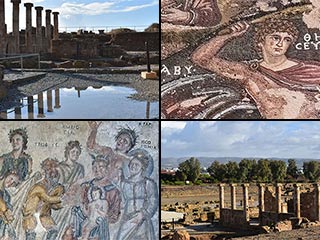
The Houses of Aion and Theseus
It's time now to start our detailled look at the Archaeological Park, so let's begin at the beginning. Once you enter the Archaeological Park, if you keep left, the first sites you will arrive at the The Houses of Theseus and Aion. Let's take a look at their mosaics and other attractions...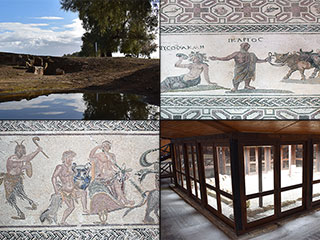
The House of Dionysos
The House of Dionysos is the jewel in the crown of Paphos Archaeological Park - a fine collection of well-preserved mosaics, conveniently located under one roof." When people refer to the mosaics in Paphos, they are usually talking about this place. So let's take a look.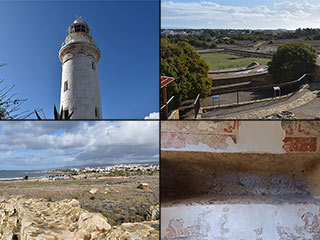
The Lighthouse and Beyond
The third blog on our Archaeological Park walkabout takes us from the Lighthouse, along the ancient city wall, to the far corners. The going is a bit trickier here, and not suitable for wheelchairs, but if you fancy a stroll it is well woth the walk...Good Pages To Visit
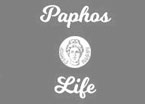
FB PagePaphos Life on Facebook
Like us on Facebook and stay notified of new blog posts.

FB PageOur Facebook Chat Group
Paphos Chat has been created for people who like our site and want to chat using Facebook. You can also easily upload photos of any size here. A lot of people are members of the Facebook chat group and the main forum. It's entirely up to you.
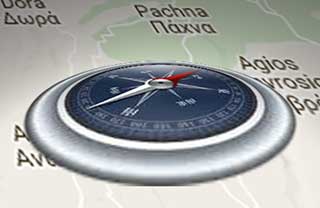
ListBlog Locations
Planning a day out? Then use our map of blog locations as a handy guide. Some of the places we visit our closer to each other than you might think, so take a look and start planning your next adventure...
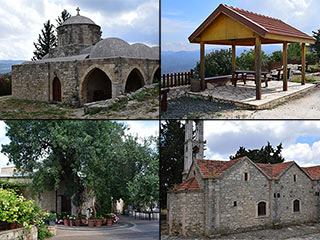
eBookCyprus Road Trip 01: the Kathikas - Panagia Loop
Let me take you on a journey around the region of Paphos, Cyprus. Starting at Paphos itself, we travel to Akoursos, then Kathikas, Kritou Terra and Simou. We continue past Lasa and Kannaviou, before taking in the delights of Panagia. Getting a bit more adventurous, we visit the abandoned villages of Statos and Agios Fotios, before passing through Choulou, Letymbou and Polemi, and rejoining the main Paphos - Polis road.
The route is suitable for all types of vehicle, and requires no off-roading. The guide contains about 130 photographs including shots of all the road signs you need to pay attention to, as well as some of the highlights you may experience along the way.
There are also several maps which will help you keep your bearings.
You can do this journey in a day, or you can break it up into chunks. You can also do it in reverse, to get some completely different views. It is entirely up to you.
